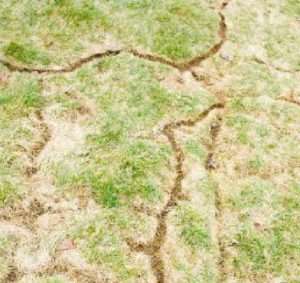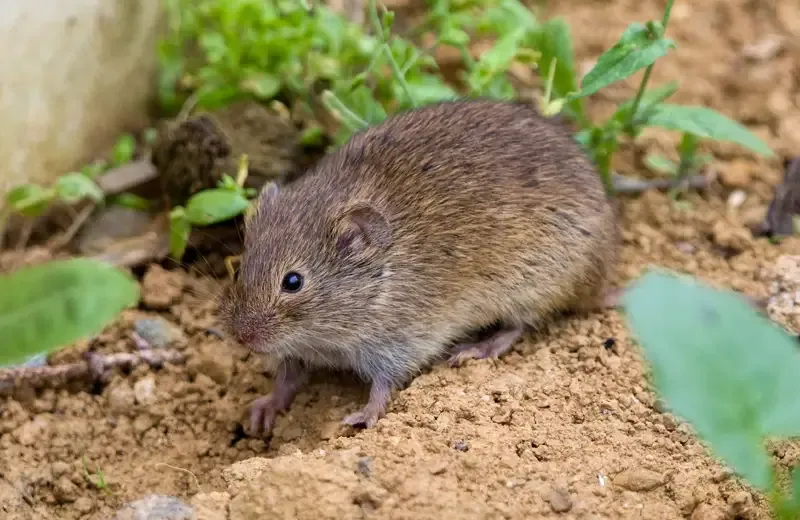Safeguard Your Utah Property: Advanced Vole Control Techniques
Wiki Article
Grasping Vole Insect Control: Comprehensive Insights on Infestation Prevention and Therapy Methods
By recognizing the subtle signs of vole invasion early on, we can take proactive steps to prevent prevalent damages. In this discussion, we will discover the subtleties of vole behavior, dive right into the identification of invasion indicators, and uncover the most reliable avoidance and treatment techniques.Comprehending Vole Actions
Checking out the foraging patterns of voles supplies useful understandings right into their behavior and habitat choices. By observing their foraging behavior, scientists can acquire a far better understanding of where voles like to establish their environments and the extent of their environmental effect.
Study suggests that voles show careful feeding practices, choosing seeds, origins, and tubers - vole yard damage. This nutritional choice influences their foraging patterns, leading them to areas abundant in vegetation and ground cover. Furthermore, voles are understood to create fancy passage systems for foraging and nesting functions, indicating a high degree of versatility to their surroundings
Understanding vole behavior is crucial for executing targeted parasite control measures that interrupt their environment choices and foraging tasks. By researching their behavior, specialists can develop a lot more efficient avoidance and therapy approaches to handle vole invasions.
Identifying Signs of Vole Invasion
Vole invasions can be detected by acknowledging certain indications of their existence in a location. One of one of the most common indicators of a vole invasion is the presence of surface runways. Voles produce networks of narrow pathways on the ground that are typically about 2 inches vast. These runways are usually discovered in verdant locations or below compost or ground cover where voles can relocate easily and browse for food.Another crucial indicator of vole problem is the existence of small burrow openings in the ground. In addition, voles are recognized to leave behind eaten plant stems, roots, and light bulbs near their burrow openings, suggesting their feeding activity in the location.
Finding these droppings along runways or near burrow openings can validate a vole invasion. By being vigilant for these indicators, home owners can quickly attend to vole problems and prevent additional damages.
Applying Proactive Prevention Steps
To successfully alleviate the threats linked with vole invasions, property owners can proactively implement a variety of preventative measures targeted at securing their gardens and landscapes. One important step is to maintain a well-trimmed lawn and regularly eliminate tall weeds and dense plant life, as voles are attracted to areas providing sufficient cover. Installing barriers such as equipment cloth underground around at risk locations like yard beds can also help prevent vole invasion. Furthermore, maintaining garden areas tidy and reducing clutter where voles can conceal or nest is vital in decreasing their existence.Moreover, utilizing natural vole deterrents like castor weblink oil-based repellents or killer pee can serve as reliable safety nets. It is also advisable to frequently inspect exterior areas for any indicators of vole task, such as paths or burrow openings, to deal with potential infestations quickly. By adopting these proactive avoidance techniques, homeowner can dramatically lower the chance of vole damage and maintain the health and aesthetic appeals of their landscapes.
Reliable Treatment Approaches
Integrating targeted capturing methods and making use of authorized rodenticides are crucial parts of reliable treatment techniques for managing vole invasions. Capturing can be an efficient means to minimize vole populaces, especially when put strategically in their energetic paths. Break catches and live catches can both be continue reading this effective, with the latter allowing for the capture and relocation of voles. When utilizing rodenticides, it is essential to comply with security guidelines to avoid harm to non-target animals and pet dogs. Place rodenticides in protected bait stations to reduce dangers to unintended targets. In addition, environment adjustment, such as lowering ground cover and vole pest control eliminating sources of food, can assist discourage voles from infesting a location. Routine surveillance and maintenance are likewise essential elements of effective treatment approaches to ensure that vole populaces are maintained under control. By incorporating trapping, rodenticides, environment adjustment, and regular monitoring, effective vole bug control can be accomplished.
Surveillance and Upkeep Tips
Regular surveillance enables for the early discovery of vole activity, enabling timely intervention before problems worsen. To efficiently check vole populaces, strategically positioned traps can be made use of in vole runways or near burrow entries.In addition, preserving a clean and tidy landscape is necessary in vole prevention. Clearing away particles, such as stacks of timber or dense vegetation, gets rid of potential vole habitats. Frequently mowing lawns and trimming plants helps in reducing vole concealing places and minimizes their accessibility to food sources.

Conclusion
In conclusion, understanding vole pest control requires a solid understanding of vole behavior, the ability to identify indicators of invasion, executing positive avoidance measures, effective treatment methods, and consistent tracking and maintenance. By taking an extensive technique to vole control, people can properly take care of and stop invasions, inevitably shielding their building and bordering atmosphere from damage triggered by these small rats.In this conversation, we will certainly check out the subtleties of vole actions, dig into the identification of invasion signs, and reveal the most efficient avoidance and therapy approaches.Including targeted capturing approaches and making use of authorized rodenticides are important parts of effective treatment approaches for handling vole invasions. To effectively monitor vole populations, purposefully placed traps can be used in vole paths or near burrow entryways. Evaluating and repairing any kind of damages to these structures makes certain that vole control stays efficient in safeguarding buildings from infestations. By integrating these surveillance and maintenance methods right into an extensive vole bug control strategy, individuals can effectively handle vole populations and shield their homes from damages.
Report this wiki page